Do you know Shibasaburo Kitasato? He is often called the father of modern medicine in Japan and will actually be featured on the new 1,000-yen bill starting in July 2024. He was revolutionary for his time, advocating for preventive medicine and achieving various accomplishments in cell research, gaining worldwide attention. However, many people might not know much about who Shibasaburo Kitasato was. So, let’s take a look at the life of Shibasaburo Kitasato!
Who was Shibasaburo Kitasato?
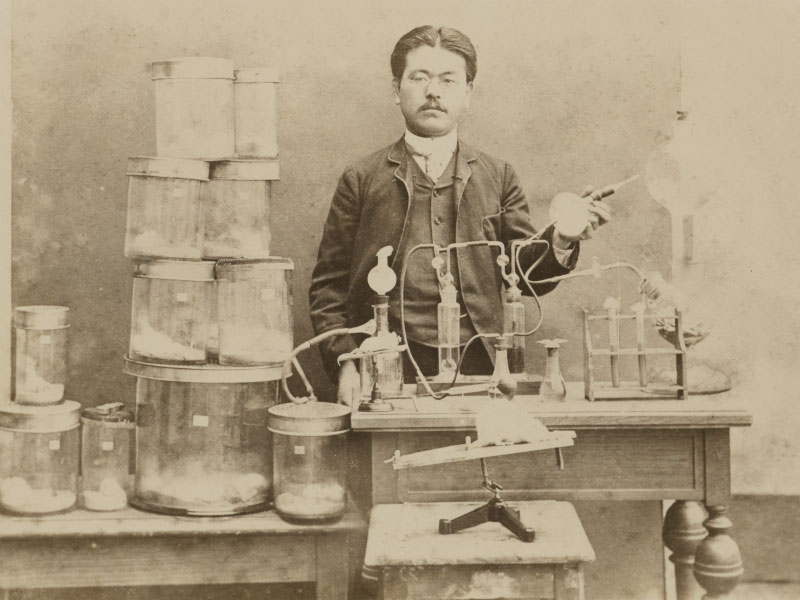
Shibasaburo Kitasato was born in 1852 in Kitasato, Oguni Town, Aso District, present-day Kumamoto Prefecture. He studied at the domain school Jishukan and Kumamoto Medical School before entering Tokyo Medical School (now the Faculty of Medicine at the University of Tokyo). After graduating in 1883, he worked at the Ministry of Home Affairs’ Health Bureau.
From 1886, he studied under Robert Koch in Germany, where he made groundbreaking achievements by developing the pure culture method for the tetanus bacillus and discovering the antitoxin. These accomplishments had a profound impact on the medical world. Upon returning to Japan in 1892, he established Japan’s first private Institute for Infectious Diseases in Shiba Park with support from Yukichi Fukuzawa. The institute was later transferred to the Ministry of Home Affairs, and Kitasato continued his work as its director. He quickly identified the plague bacillus during the Hong Kong plague outbreak.
Kitasato believed that research on infectious diseases should be integrated with public health administration. However, in 1914, when the National Institute for Infectious Diseases was transferred to the Ministry of Education, he resigned as director and established the private Kitasato Institute. In 1917, in gratitude to Yukichi Fukuzawa, he founded the Faculty of Medicine at Keio University and served as its dean, contributing significantly to its development. Additionally, he held important positions such as the president of the Japan Medical Association, making substantial contributions to public health in Japan, particularly in tuberculosis prevention and medical education.
A Brief Timeline of Shibasaburo Kitasato’s Life
Let’s take a look at a brief timeline to see what kind of life Shibasaburo Kitasato led.
| Year | Events |
| 1853 | Born on January 29 in Kitasato Village, Oguni Township, Aso District, Higo Province (now Kumamoto Prefecture). |
| 1866 | Moves to Kumamoto and enters the school of Tanaka Shiba (a Confucian scholar and doctor), where he diligently studies. |
| 1871 | Enrolls in Kokura Medical School and Hospital (later Kumamoto Medical School in 1872). Meets his lifelong mentor, Dutch physician Constant Georg van Mansveldt, inspiring him to become a doctor. |
| 1874 | Enrolls in Tokyo Medical School (later the Faculty of Medicine at the University of Tokyo). |
| 1883 | Graduates from the Faculty of Medicine at the University of Tokyo. The same year, he starts working at the Ministry of Home Affairs. |
| 1885 | Studies abroad in Germany. |
| 1886 | Studies under Dr. Robert Koch, the discoverer of the tuberculosis bacillus, and begins full-scale research in bacteriology. |
| 1889 | Succeeds in the pure culture of the tetanus bacillus. |
| 1890 | Discovers the antitoxin for tetanus and establishes serum therapy. |
| 1892 | Returns to Japan from Germany and, with the support of Yukichi Fukuzawa and others, establishes the Institute for Infectious Diseases, where he serves as the director, researching and teaching bacteriology. |
| 1893 | Opens Tsukushigaoka Yojoen, Japan’s first tuberculosis hospital, with the support of Fukuzawa and others. |
| 1894 | Sent to Hong Kong, where he discovers the plague bacillus and controls the outbreak. |
| 1901 | Nominated for the first Nobel Prize in Physiology or Medicine for his invention of serum therapy but does not win. |
| 1913 | Establishes the Japan Anti-Tuberculosis Association. |
| 1914 | Resigns as director due to the sudden transfer of the Institute for Infectious Diseases from the Ministry of Home Affairs to the Ministry of Education. Establishes and becomes the director of the private Kitasato Institute. |
| 1917 | Founds the medical department (later the School of Medicine) at Keio University and serves as its first head. |
| 1923 | Establishes the Japan Medical Association under the Medical Association Law and becomes its first president. |
| 1931 | Passes away from a cerebral hemorrhage at his home in Azabu, Tokyo, at 5 a.m. on June 13. |
Studying Diligently and Initially Aspiring to be a Soldier or Politician but Choosing to Become a Doctor Due to Parental Opposition
Shibasaburo Kitasato was born in 1853 in Higo Province, present-day Kumamoto Prefecture. His father, Kinshin Kitasato, was the head of a long-standing village headman family, and his mother was the daughter of a samurai, raising Kitasato in a strict household. At the age of nine, he was sent to live with relatives, where he studied the Analects of Confucius and arithmetic.
At 13, he moved to Kumamoto Castle Town and enrolled in the Kumamoto Domain School, Jishukan, where he studied Confucianism, military strategy, and traditional Chinese medicine. Having been taught the importance of “being useful to others” by his parents from a young age, Kitasato initially aspired to become a soldier or politician. However, his parents opposed this and enrolled him in Kokura Medical School to become a doctor.
Though initially reluctant, Kitasato realized the importance of the medical profession in saving lives through his encounter with Dutch military doctor Constant Georg van Mansveldt. This meeting inspired him to pursue a career in medicine with dedication.
Enrolling in Tokyo Medical School and Advocating Preventive Medicine
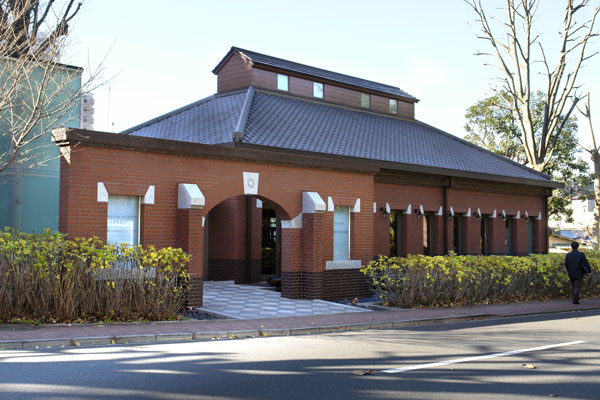
In 1874, after graduating from Kokura Medical School, Shibasaburo Kitasato moved to Tokyo and entered Tokyo Medical School, the predecessor of the current Faculty of Medicine at the University of Tokyo. There, he studied advanced German medicine. Kitasato was known for his diligence and his tendency to delve deeply into his studies, which often led to debates with his teachers, making him somewhat unpopular at school.
During his time at Tokyo Medical School, a severe cholera outbreak occurred in Japan, causing approximately 8,000 deaths in 1877 and about 100,000 deaths the following year. This experience made Kitasato keenly aware that traditional medicine was inadequate in combating infectious diseases. He recognized the importance of preventive medicine, which focuses on “preventing illness before it starts.” At the age of 25, he expressed these thoughts in his medical treatise “The Path of Medicine” and began his lifelong journey of fighting infectious diseases.
Studying in Germany and Joining Robert Koch’s Laboratory
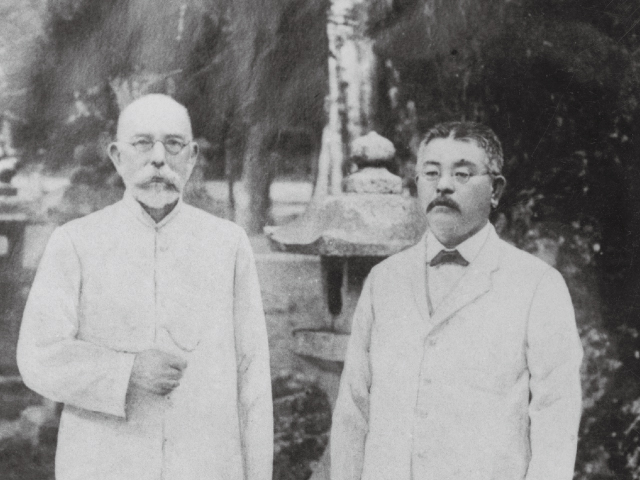
After graduating from Tokyo Medical School, Shibasaburo Kitasato joined the Ministry of Home Affairs’ Health Bureau, where he reunited with his senior from Tokyo Imperial University, Masanori Ogata. Ogata was already a professor at Tokyo Imperial University and also served as the head of the Bureau’s testing laboratory. Recognizing Kitasato’s diligence, Ogata facilitated his acceptance for government-funded study in Germany in 1886. Kitasato was admitted to the Hygiene Institute of the University of Berlin, led by the world-renowned bacteriologist Dr. Robert Koch.
Kitasato undertook the challenge of culturing cholera and typhoid bacteria, which no bacteriologist worldwide had succeeded in doing at the time. This task was assigned to Kitasato despite him being a new researcher, reflecting Dr. Koch’s high regard for him. Kitasato dedicated himself to his research tirelessly, gradually uncovering the nature of the cholera bacteria.
As a result, Kitasato became an indispensable member of the University of Berlin’s Hygiene Institute. When the Meiji government requested his transfer to another laboratory, Dr. Koch himself refused, highlighting Kitasato’s importance to the institute.
Successful Pure Culturing of the Tetanus Bacillus
Shibasaburo Kitasato next focused on the pure culturing of the tetanus bacillus. This deadly pathogen resides in soil and can enter the human body through wounds, causing fatal disease. Although Dr. Robert Koch entrusted Kitasato with this research, his initial experiments were unsuccessful. The tetanus bacillus lived deep within the culture medium, making it difficult to extract without contamination by other bacteria.
Kitasato theorized that the tetanus bacillus was anaerobic and built a specialized experimental device to culture the bacteria in hydrogen instead of air. As a result, in 1889, he successfully achieved the world’s first pure culture of the tetanus bacillus.
Establishing Serum Therapy and Gaining Global Attention
Kitasato also observed that injecting mice with weakened tetanus bacilli generated antibodies in their bodies that neutralized the toxin. He successfully created mice immune to tetanus by extracting serum from these mice and injecting it into other mice.
This method, called “serum therapy,” laid the groundwork for modern vaccination. Although this discovery, announced in 1890, was a candidate for the first Nobel Prize in Physiology or Medicine, the award went to his collaborator instead.
Despite this, Kitasato received numerous offers from research institutes and universities worldwide. However, as a government-funded scholar, he declined all offers, stating that his mission was to improve Japan’s sanitary conditions.
Returning to Japan and Establishing the Infectious Disease Research Institute with Fukuzawa Yukichi’s Support
Upon returning to Japan in 1892, Kitasato was alarmed by the poor sanitary conditions. At that time, infectious diseases such as cholera, dysentery, and smallpox frequently broke out, claiming over 30,000 lives. To address this situation, Kitasato, with support from Yukichi Fukuzawa and others, established Japan’s first private infectious disease research institute, the “Private Institute for Infectious Diseases.”
Local residents strongly opposed the construction of this facility. To reassure them of its safety, Fukuzawa built a new home for his children near the research institute. Additionally, in 1893, with Fukuzawa’s support, Kitasato opened the Tsukushigaoka Yojoen, a tuberculosis hospital. At the time, tuberculosis was a leading cause of death among the young and had a significant socio-economic impact.
Controlling the Plague Outbreak in Hong Kong
In 1894, when the plague epidemic broke out in Hong Kong, the Meiji government ordered Kitasato to conduct research. Despite the taboo against autopsies, Kitasato secretly performed them and successfully identified the plague bacillus. However, as his research colleagues began succumbing to the plague, the Meiji government ordered Kitasato to return to Japan.
Ignoring the order, Kitasato continued his research, discovering that lime water and direct sunlight killed the plague bacillus and that rats in patients’ homes were carriers. By implementing thorough disinfection of homes and extermination of rats, he successfully controlled the plague outbreak in Hong Kong.
Establishment of the Kitasato Institute
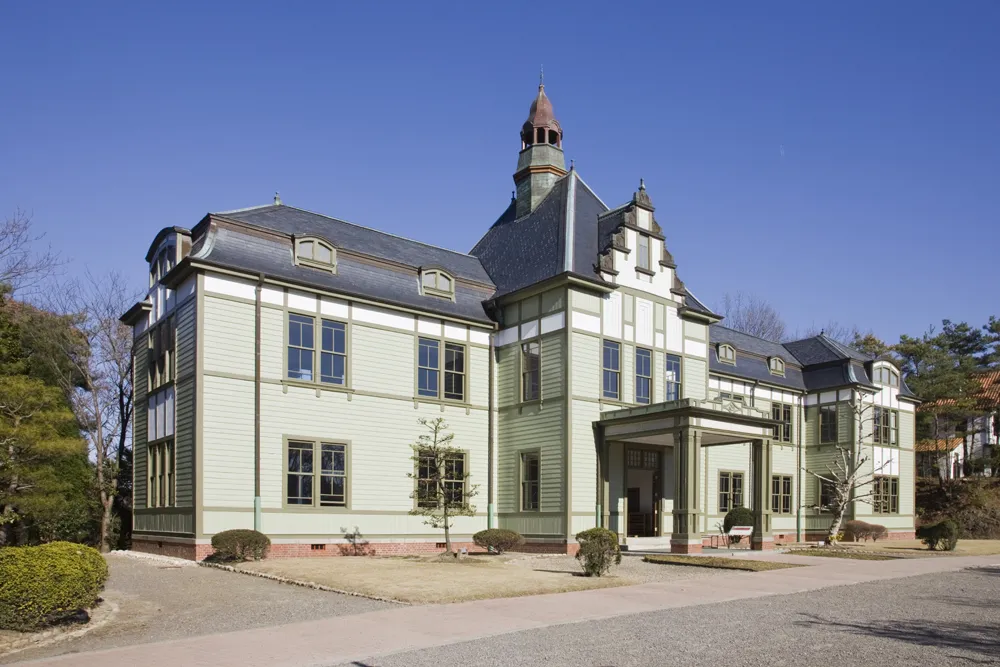
After returning to Japan, in 1897, Shibasaburo Kitasato’s efforts led to the establishment of the “Infectious Disease Prevention Law,” which included provisions for the improvement of water and sewer systems, quarantine measures, and public health. When the plague broke out in Japan in 1899, Kitasato took command and successfully prevented a widespread epidemic.
In 1906, Kitasato invested his own funds to establish the private Kitasato Institute, where he worked on the development of serums for diseases such as rabies, influenza, dysentery, and typhus. The institute housed many researchers who would later make significant contributions to infectious disease research worldwide, including Kiyoshi Shiga, who discovered the Shigella dysenteriae, and Hideyo Noguchi, who conducted research on yellow fever and syphilis.
In 1917, when Keio University, founded by Yukichi Fukuzawa, established its medical department, Kitasato took on the role of department head without pay. Additionally, in 1923, when the nationwide medical associations were unified under the Japan Medical Association, Kitasato became its first president. Shibasaburo Kitasato passed away in June 1931 at the age of 78, having dedicated his life to the study of infectious diseases and significantly contributing to the development of public health in Japan.
Cause of Death of Shibasaburo Kitasato
On June 13, 1931, at 5 a.m., Shibasaburo Kitasato passed away at his home in Azabu, Tokyo, due to a cerebral hemorrhage. He was 79 years old. His funeral was held on June 17 at Aoyama Funeral Hall, and he was buried in Aoyama Cemetery.
A cerebral hemorrhage occurs when a small blood vessel in the brain ruptures, causing blood to accumulate and compress the surrounding nerve cells. This compression impairs the function of the nerve cells, leading to various symptoms. Since a cerebral hemorrhage has no warning signs and occurs suddenly, Kitasato’s death was abrupt due to this condition.
Shibasaburo Kitasato’s Character
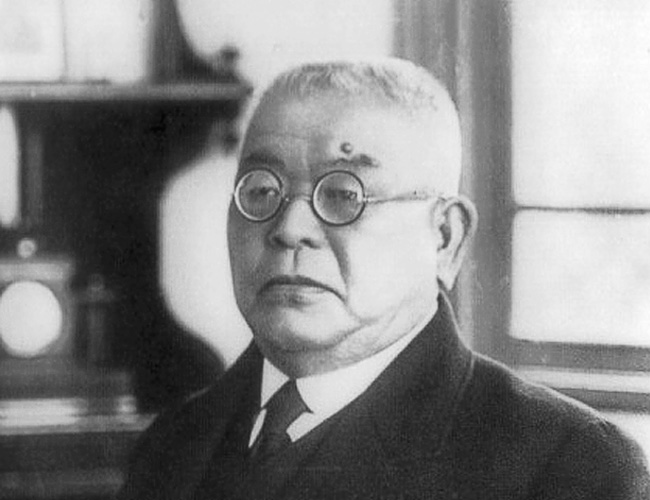
Shibasaburo Kitasato’s numerous achievements can be attributed to his persistent and problem-solving nature. He excelled in identifying and resolving the root causes of issues. Even when experiments did not go as planned, he would find the cause of the failure and work towards the solution.
In particular, his research on tetanus faced many challenges. Pure culturing of the tetanus bacillus was extremely difficult, and many researchers had concluded it was impossible. However, Kitasato did not give up. He focused on the fact that the tetanus bacillus was anaerobic and experimented with various culturing methods. After many failures, he succeeded in pure culturing by developing a sealed culture device known as the “turtle shell petri dish.”
Moreover, Kitasato continued to pursue treatments for tetanus. He discovered that the toxin produced by the tetanus bacillus was the cause of the disease and found that it could be treated by introducing an immune serum that could withstand the toxin into the body. Kitasato left behind the words, “Never neglect even for a moment,” demonstrating his relentless pursuit of treatments and preventive measures to be ready for any unforeseen situations for the sake of patients.
Shibasaburo Kitasato Episodes
Finally, let’s take a look at some episodes from Shibasaburo Kitasato’s life. There are many interesting stories about him that are worth knowing!
Eldest Son Despite Being Named “Saburo”
Despite the name “Saburo,” which often indicates the third son in Japanese naming conventions, Shibasaburo Kitasato was actually the eldest son. He was born healthy and rarely fell ill, with a vigorous and spirited personality.
Nickname: Thunder Father
Due to his strong convictions and dedication to his research, Kitasato was nicknamed “Donner” (German for “thunder father”) by his disciples. True to his Kyushu roots, he had a stubborn and unwavering character, with a robust build and a booming voice. He was known for being strict with his students on a daily basis.
However, Kitasato was not simply angry. He was conducting vital research to save lives, often involving dangerous experiments that could put the researchers themselves at risk. He hoped his students would discipline themselves to produce accurate results, which is why he took such a stern attitude.
Reasons Shibasaburo Kitasato Missed Out on the Nobel Prize
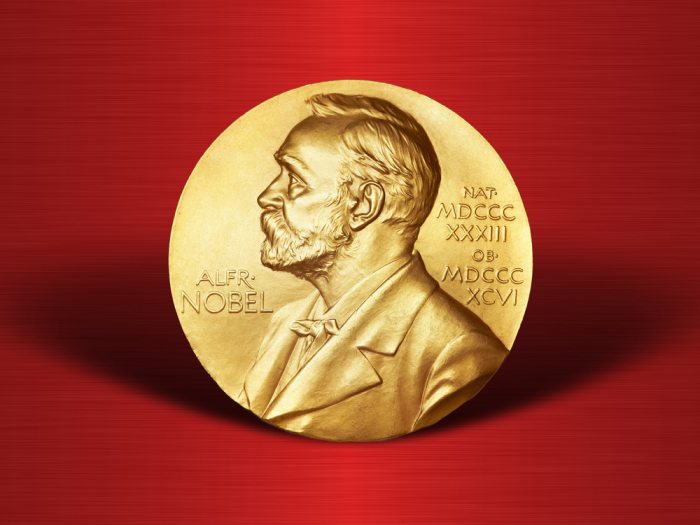
The Nobel Prize, which began in 1901, was a significant event in the scientific community. Western countries launched national campaigns to secure the award, and Emil von Behring, a disciple of Robert Koch, received the first Nobel Prize in Physiology or Medicine for developing diphtheria serum therapy. Behring’s research was based on Shibasaburo Kitasato’s tetanus research, leading many to expect Kitasato to receive the prize.
However, Behring had full support from Germany, while Kitasato faced challenges within Japan. He was embroiled in a dispute with Tokyo University over the beriberi bacteria theory and had conflicts with the government, preventing him from receiving public support. Consequently, Kitasato missed out on the Nobel Prize due to a lack of national backing.
Contribution to the Founding of the Domestic Thermometer Manufacturer Terumo

Shibasaburo Kitasato, acclaimed as the “Father of Modern Medicine” for his numerous achievements in the prevention of infectious diseases and bacteriological research, was also involved in the establishment of the thermometer manufacturer Terumo. At the time, Japan imported thermometers from Germany, but the imports ceased due to World War I. In response, Japanese doctors initiated a movement to produce domestic thermometers.
The president of the Tokyo Medical Association first consulted Kitasato. With his strong belief that “the mission of doctors is to prevent illness,” Kitasato deeply felt the necessity of domestic thermometers. He supported the establishment of “Red Line Thermometer Corporation,” the predecessor of Terumo, and served as the chairman at the inaugural meeting.
It might be unusual for a medical researcher to be involved in the founding of a private company, but Kitasato’s actions were driven by his strong commitment to preventive medicine and his belief that domestic thermometers were essential for public health. Terumo’s corporate philosophy, “Contributing to Society through Healthcare,” truly inherits Kitasato’s vision.
Significant Contribution to the Founding of Keio University School of Medicine

When thinking of Shibasaburo Kitasato, people often associate him with the Kitasato Institute and Kitasato University, which originated from it. However, he also played a crucial role in the founding of the Keio University School of Medicine. Despite his achievements during his studies in Germany, Kitasato faced isolation in Japan due to his opposition to the assertions in his professor’s paper and conflicts with the government. It was Yukichi Fukuzawa who extended a helping hand to Kitasato during this difficult period. Fukuzawa went so far as to use his own funds to establish an infectious disease research institute for Kitasato, demonstrating significant support for him.
After Fukuzawa’s death, Keio University celebrated its 60th anniversary and planned to establish a medical department with Kitasato’s cooperation. In 1917, the medical department was established, and Kitasato became its first head (later known as the dean of the School of Medicine). At the founding ceremony, Kitasato expressed his gratitude to the audience, saying, “I am not a disciple of Mr. Fukuzawa, but I have received his blessings more than any disciple.”
Kitasato served as the dean of the School of Medicine until 1928 (Showa 3) and continued to support Keio University School of Medicine throughout his life as an advisor. In honor of his contributions, the Kitasato Memorial Medical Library was established in 1937. Today, Kitasato’s bust at the entrance of the library watches over aspiring medical students at the Shinanomachi Campus.
Reason for Being Featured on the New 1,000-Yen Bill
Shibasaburo Kitasato is recognized as the father of modern Japanese medicine and promoted the idea that “prevention of infectious diseases is essential.” In light of the COVID-19 pandemic, many have come to realize the importance of infectious disease prevention.
Kitasato was chosen as the face of the new 1,000-yen bill with the hope of reducing the number of lives lost to infectious diseases.
Summary
How was it? As introduced in this article, Shibasaburo Kitasato dedicated his life to the prevention of infectious diseases and bacteriological research, significantly impacting modern medicine. His achievements, such as the pure culture of tetanus bacilli and the establishment of serum therapy, continue to be recognized worldwide.
Additionally, with the support of Yukichi Fukuzawa, Kitasato founded a research institute and was involved in the establishment of Terumo, a manufacturer of thermometers, contributing to the development of Japan’s medical infrastructure. His beliefs and passion remind us of the importance of infectious disease prevention, and his great legacy lives on today.
This site introduces various other interesting aspects of Japanese history and culture besides Shibasaburo Kitasato. If you are interested, we would be delighted if you read our other articles as well!



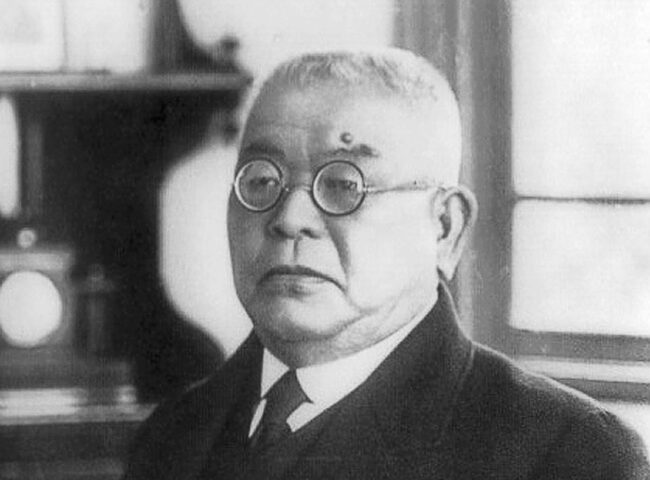
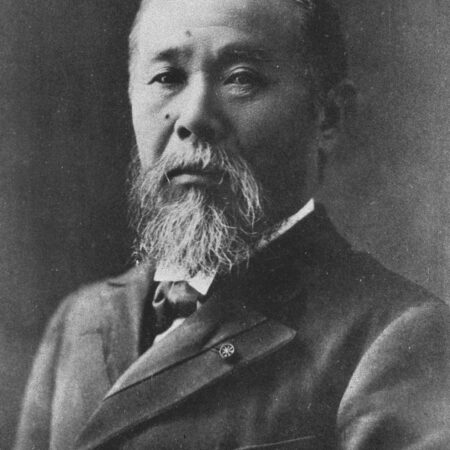
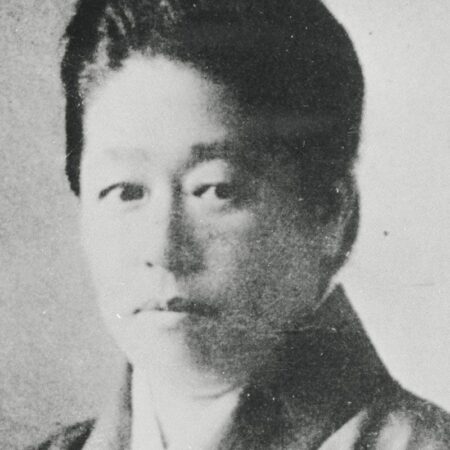
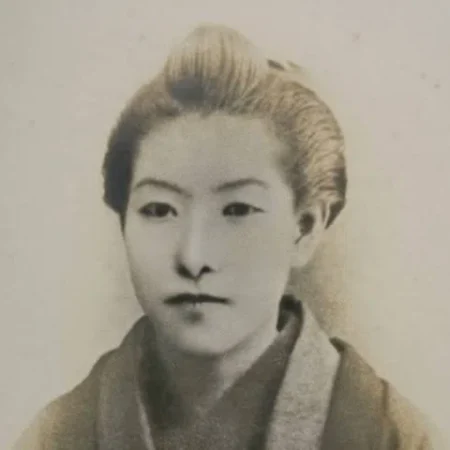
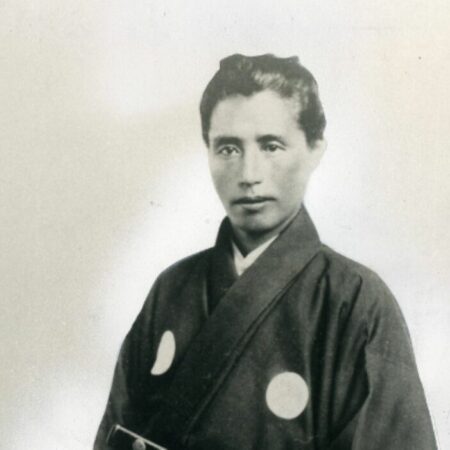
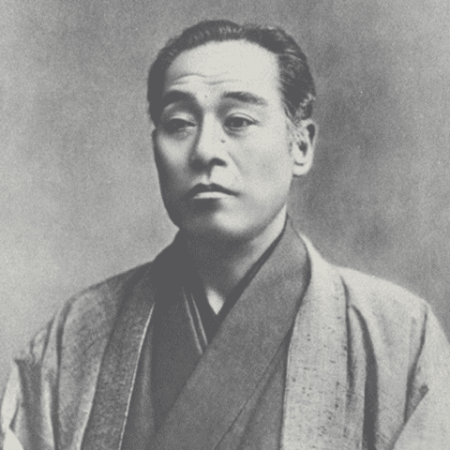
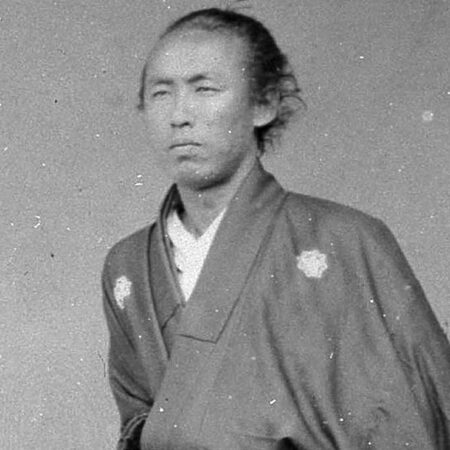
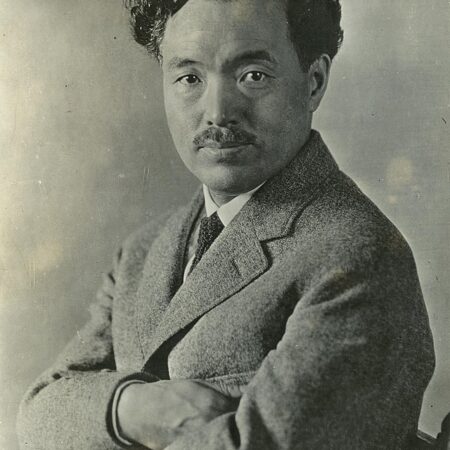
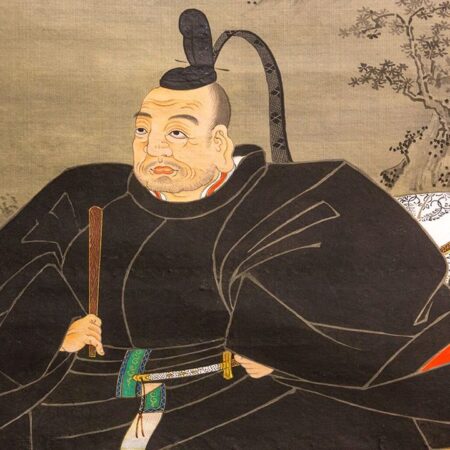



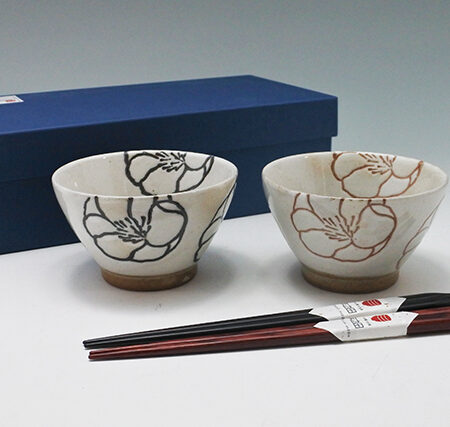
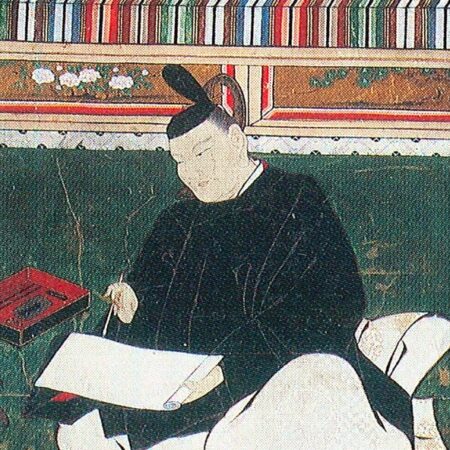
コメント